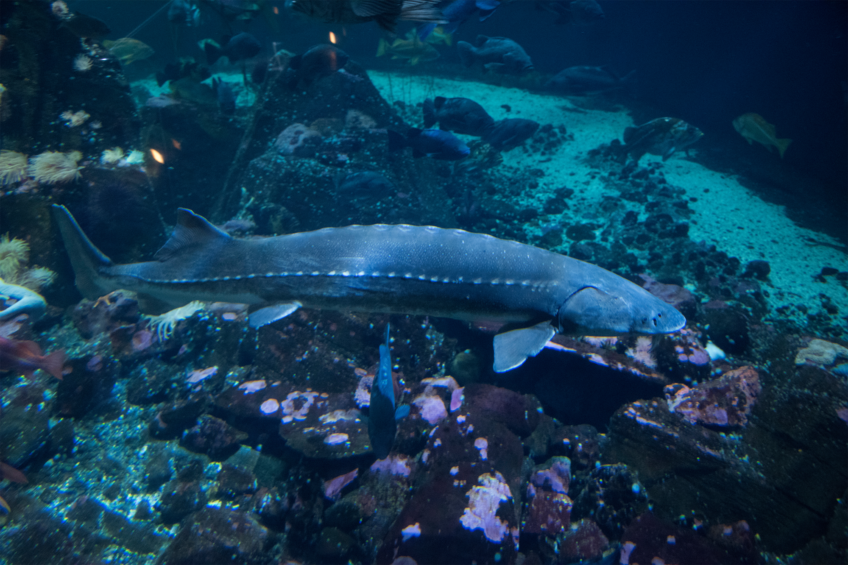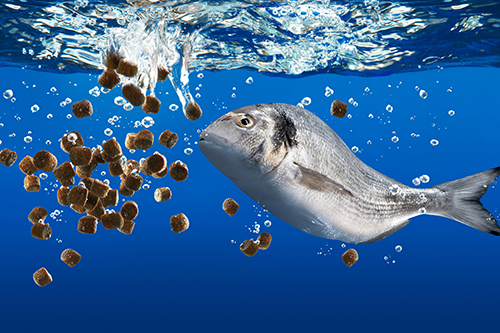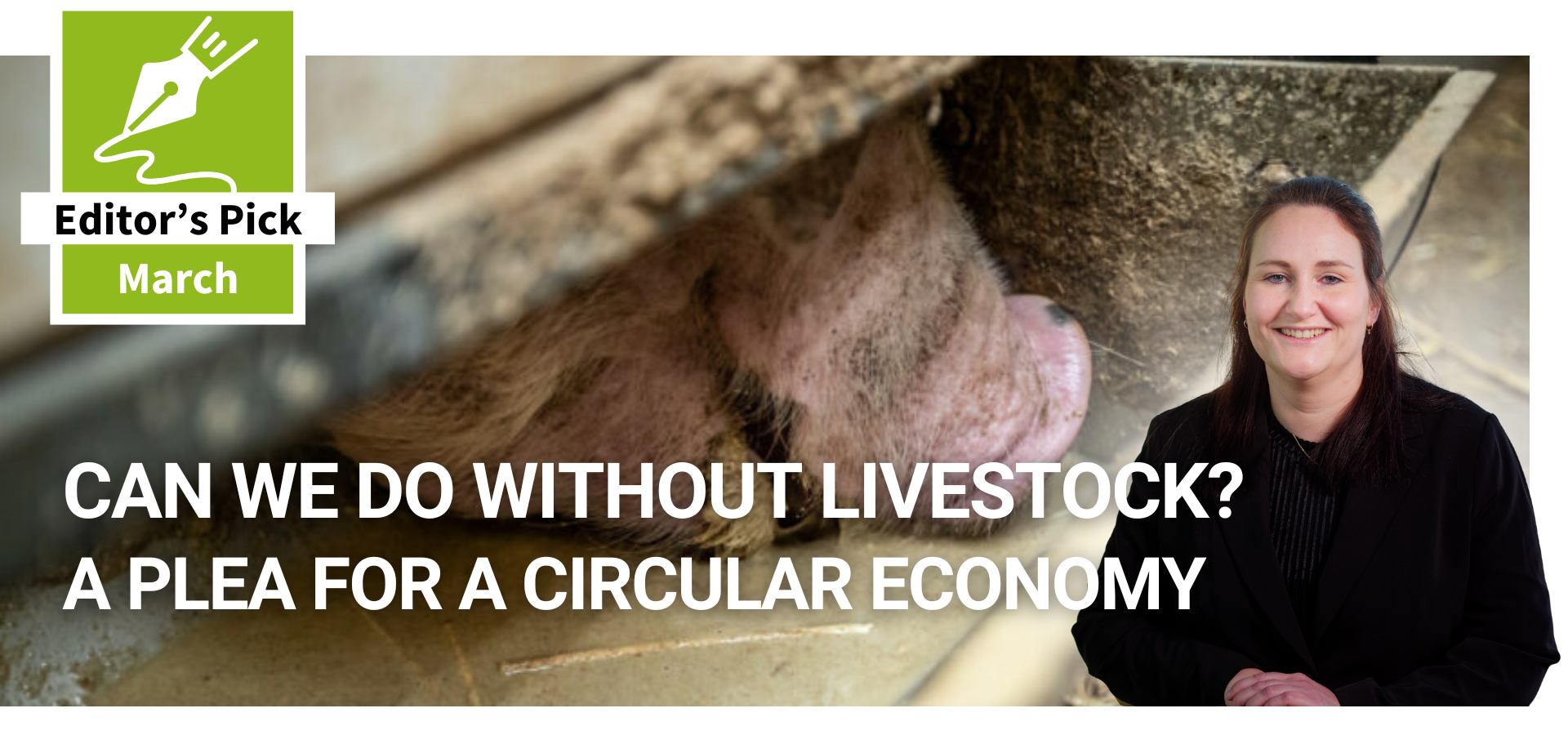Russia mulls partial ban on aquafeed imports

To support domestic production, Russia is considering partly banning aquafeed imports, Roman Artemiev, director of the Russian aquaculture institute VNIRO, a part of the Russian federal agency for fisheries Rosrybolovstvo, has recently unveiled. The move will likely be a tough blow for Russian farmers breeding salmon and sturgeon fish species.
Speaking during the November meeting of the Russian Union of Entrepreneurs and Industrialists, Artemiev said the exception can be made for reproductive feed since it is manufactured in Russia in minimal quantities.
The ban is lobbied by Russian aquafeed manufacturers, Russian newspaper Kommersant reported, citing Herman Zverev, president of VARPE, a prominent union of the fish industry.
“The proposals [regarding the aquafeed imports ban] will be collected, analysed, and put to a vote,” Zverev said.
Production boom
In the first 9 months of 2024, Russian aquafeed production jumped by 39% compared with the previous year to 48,000 tonnes, Rosrbybolovstvo estimated.
As estimated by the National Association of Industrial Aquaculture Enterprises (NAPA), Russian aquafeed production is braced for a boom. 7 feed mills are under construction with a combined annual capacity of 215,000 tonnes. By 2030, the industry’s output is expected to reach 500,000 tonnes per year.

Tight dependence
In 2024, Russian dependence on imported aquafeed is close to 60%, estimated Feedlot, a Moscow-based think tank.
Aquafeed comes from Spain, Norway, Turkey, Italy and Belarus. In some segments, the dependence is nearly total. For example, NAPA calculated that Russian farmers breeding salmon consume 150% more imported aquafeed than local ones.
However, there is a good reason for such disparity. As explained by Alexander Fomin, director of the Association of Production and Trading Enterprises of the Fish Market, salmon and sturgeon species require feed with a protein content of at least 40%. Due to a lack of high-quality raw materials and technologies, such feed is almost not produced in the country.
Without the supply, business will stop
Roman Artemov noted that imported feed is often cheaper than Russian feed, attributing this to the production subsidy in effect in Europe.
Fomin estimated that salmon and sturgeon segments together consume around 100,000 tonnes of feed per year. “If there is no supply, business will stop,” he warned.
NAPA called for more cautious steps aimed at import replacement. For example, the organisation suggested considering allocating a bank loan with a subsidised interest rate to fish farmers for the purchase of the aquafeed of Russian origin. However, not all market players are confident that this move will make a big difference.
In particular, Alexander Novikov, president of the Russian Union of Sturgeon Breeders, forecasted the soft loans would not improve the quality of the Russian aquafeed.











